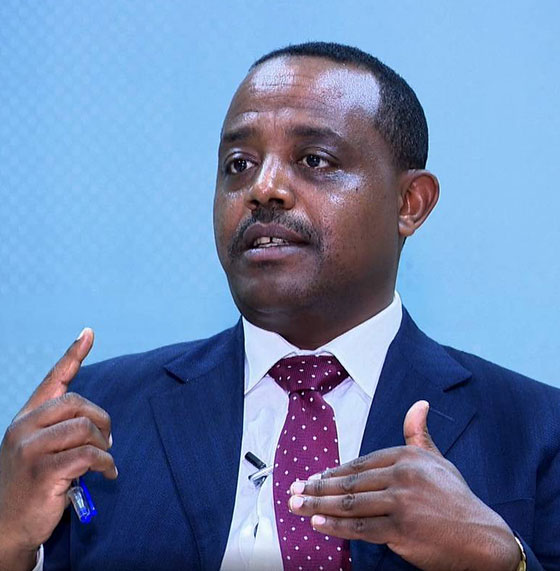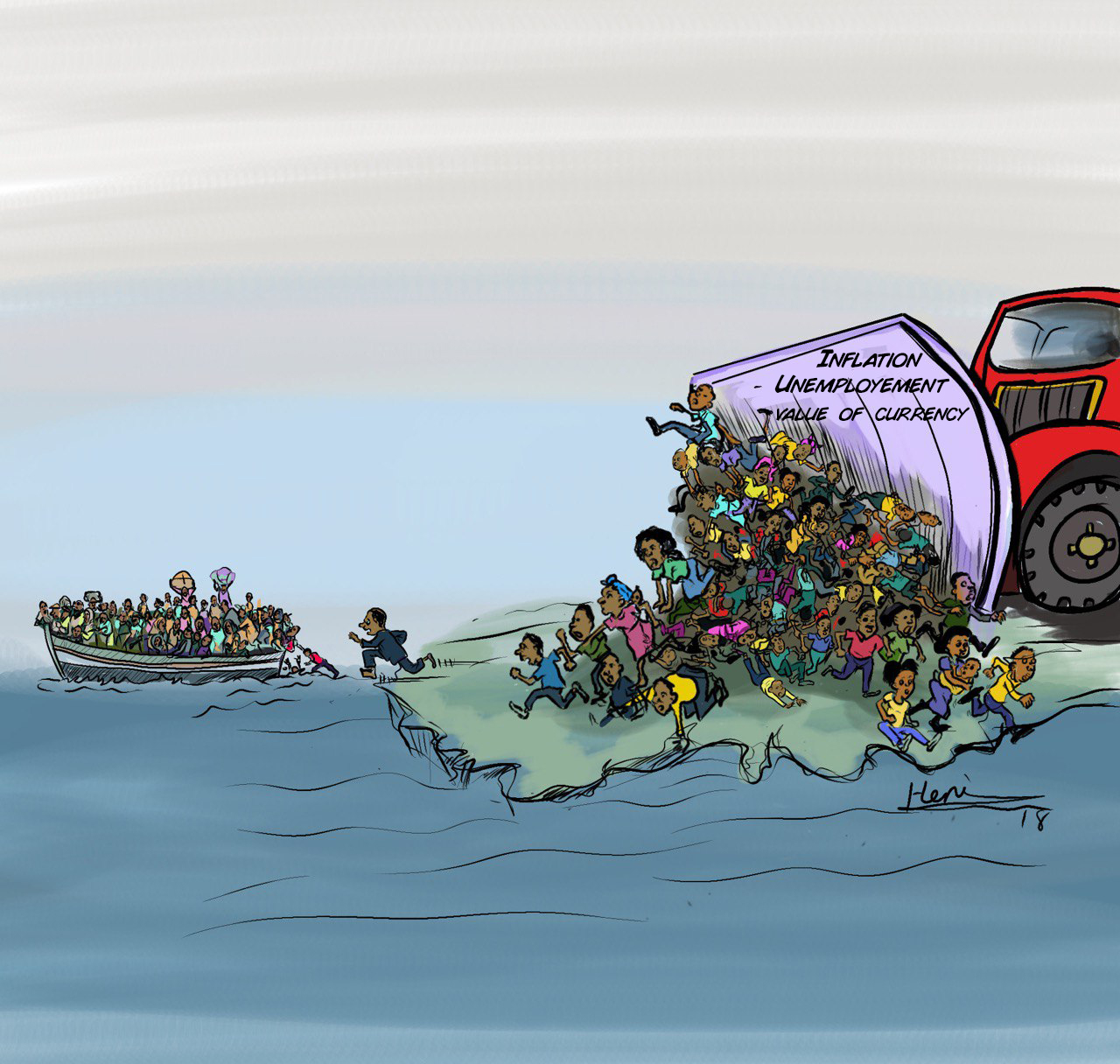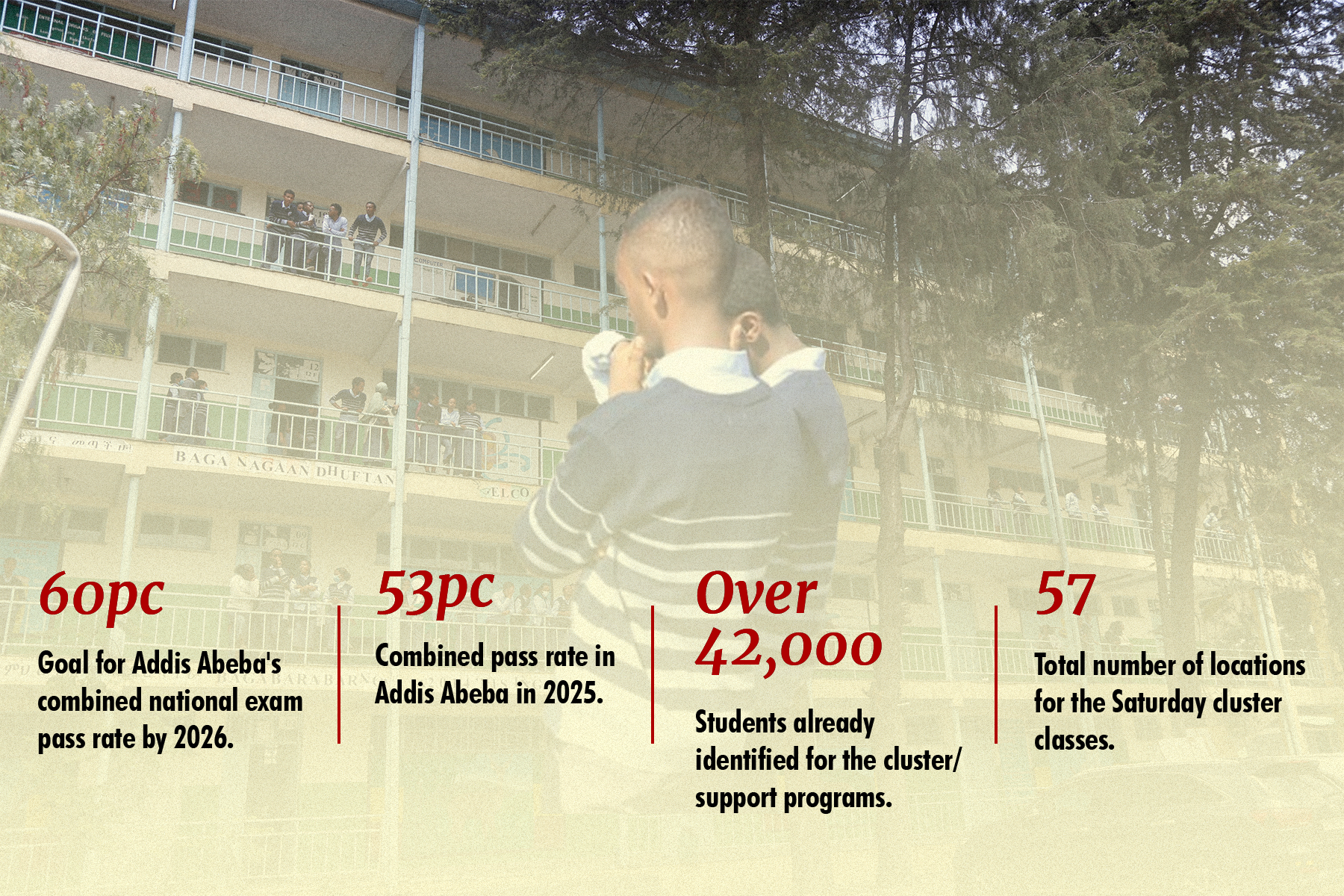
Viewpoints | Dec 09,2023
Apr 1 , 2023
By Bjorn Lomborg
Of all our global promises for development that we are on track to fail by 2030 — one of the most tragic and infuriating is our limited progress on ending global malnutrition. Yet, achieving a drastic reduction in hunger is certainly within our grasp.
We measure chronic malnutrition in stunting; children are so underfed that they are much shorter than their peers of the same age. Stunting decreases children's survival chances, with 2.7 million globally dying yearly from malnutrition. Stunted children also develop more poorly and become less productive with a lower income over their entire lifespan.
The rich world has reduced stunting to deficient levels. China has achieved a drop to rich-country levels for the past three decades. Global stunting has almost halved since 1990, but more than one-in-five children is still stunted globally. The World Bank estimates that 37pc of children under five in Ethiopia were stunted in 2019.
Economists estimate the annual global cost of malnutrition to be one trillion dollars.
This year, we are halftime of the UN Sustainable Development Goals (SDGs), including promises on nutrition and everything else to be achieved by 2030. Yet, we are far from halfway. Based on trends before COVID-19, we will only reach the goal of zero hunger in the year 2116, 86 years late.
This global failure has motivated the Copenhagen Consensus, a think tank, to work with some of the world's best economists to identify which promises should be prioritized for the most significant impact.
Their new, peer-reviewed research shows that one of the most effective approaches to addressing malnutrition is to focus on pregnant women. For a small cost, they can be provided with micronutrients that could feed their growing foetus better and avoid some malnutrition later.
Most governments follow WHO recommendations to provide pregnant women with iron and folic acid supplementation to prevent anaemia in the mother and the newborn's neural tube defects. Switching to a pill that includes more micronutrients will only require minor education and training in the healthcare sector, adding only a small cost to the new drugs governments hand out.
These new mass-produced pills contain 13 vitamins and minerals beyond iron and folic acid, including vitamins A, B1, B2, B6, B12, D and E, plus zinc, copper, iodine and selenium. They cost so little that for 180 days, the additional cost for each mother is just over a dollar. Helping 36 million women in low and lower-middle-income countries in a year, along with healthcare training and education, would cost just 84 million dollars.
Multi-micronutrient supplements help to avoid about seven percent of almost 700,000 stillbirths, 21pc of all low-birth weights, and five percent of all preterm births yearly. Avoiding low birthweight and preterm birth means children are less likely to become malnourished, with 1.6 million steering clear of stunting each year and making them more productive as adults. In economic terms, they will become so much better off that the benefits add up to three billion dollars in today’s money. Thus, each dollar spent will deliver an astounding benefit worth 38 times the cost.
Calcium tablets are delivered separately from other micronutrients since they are quite large, and two to three are needed daily for the last 20 weeks of pregnancy. The cost is six dollars per pregnancy or 216 million dollars for the 36 million pregnant women taking iron and folic acid. This reduces the number of stillbirths by almost twice as much as multi-micronutrients, and it avoids an additional 1.1 million early births and births of low birthweight.
Calcium also reduces pre-eclampsia and eclampsia, the rare but serious condition where high blood pressure results in seizures during pregnancy or childbirth. The calcium may prevent up to 8,500 maternal deaths each year. The benefits of almost four billion dollars are 19 times larger than the costs.
Micronutrient supplementation for pregnant women is a fantastic policy but not a silver bullet. The economists identify several other very efficient policies. Helping parents in lower-income countries to feed their children better is costly, but it also improves the children's nutrition. The investment can deliver benefits worth 16 times the costs.
We should also invest much more in research to improve agricultural yields. This will generate more food at a lower price, reducing malnutrition and increasing growth. Each dollar could deliver a remarkable 33 dollars of social benefits. Investing more in pregnant mothers' nutritional support is one of the most efficient ways to make progress on sustainable development.
We owe it to the world to invest in such effective policies first.
PUBLISHED ON
Apr 01,2023 [ VOL
23 , NO
1196]


Viewpoints | Dec 09,2023

Viewpoints | Mar 11,2023

Fortune News | Apr 30,2022

Viewpoints | Apr 25,2020

Viewpoints | Sep 30,2023

Viewpoints | Oct 09,2021

Radar | Jul 31,2021

Viewpoints | Jul 31,2021

My Opinion | Feb 11,2023

Radar | Aug 21,2021

Photo Gallery | 179236 Views | May 06,2019

Photo Gallery | 169432 Views | Apr 26,2019

Photo Gallery | 160335 Views | Oct 06,2021

My Opinion | 137163 Views | Aug 14,2021
Commentaries | Oct 25,2025

Dec 22 , 2024 . By TIZITA SHEWAFERAW
Charged with transforming colossal state-owned enterprises into modern and competitiv...

Aug 18 , 2024 . By AKSAH ITALO
Although predictable Yonas Zerihun's job in the ride-hailing service is not immune to...

Jul 28 , 2024 . By TIZITA SHEWAFERAW
Unhabitual, perhaps too many, Samuel Gebreyohannes, 38, used to occasionally enjoy a couple of beers at breakfast. However, he recently swit...

Jul 13 , 2024 . By AKSAH ITALO
Investors who rely on tractors, trucks, and field vehicles for commuting, transporting commodities, and f...

Oct 25 , 2025
The regulatory machinery is on overdrive. In only two years, no fewer than 35 new pro...

Oct 18 , 2025
The political establishment, notably the ruling party and its top brass, has become p...

Oct 11 , 2025
Ladislas Farago, a roving Associated Press (AP) correspondent, arrived in Ethiopia in...

Oct 4 , 2025
Eyob Tekalegn (PhD) had been in the Governor's chair for only weeks when, on Septembe...

Oct 25 , 2025 . By YITBAREK GETACHEW
Officials of the Addis Abeba's Education Bureau have embarked on an ambitious experim...

Oct 26 , 2025 . By YITBAREK GETACHEW
The federal government is making a landmark shift in its investment incentive regime...

Oct 29 , 2025 . By NAHOM AYELE
The National Bank of Ethiopia (NBE) is preparing to issue a directive that will funda...

Oct 26 , 2025 . By SURAFEL MULUGETA
A community of booksellers shadowing the Ethiopian National Theatre has been jolted b...